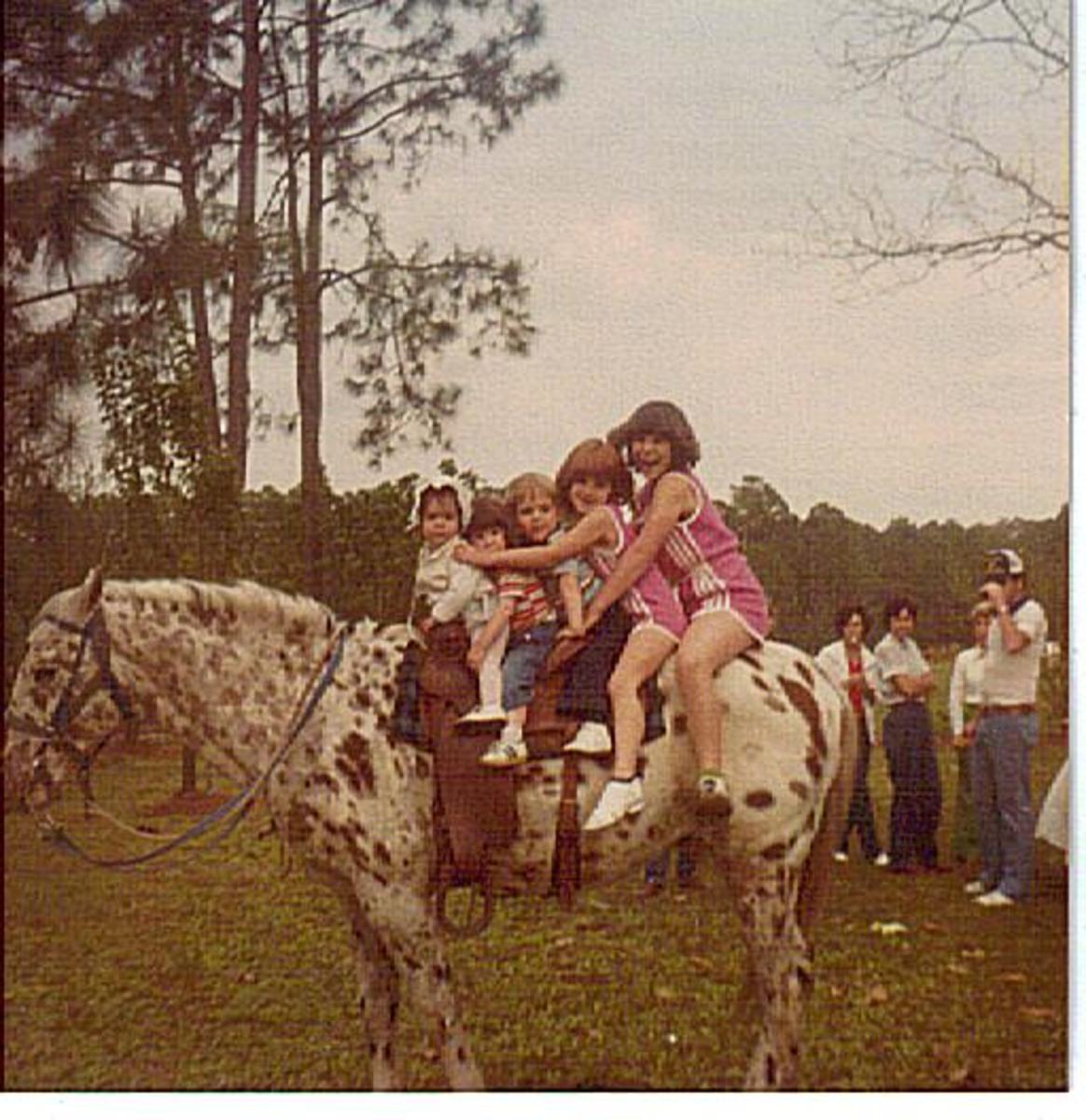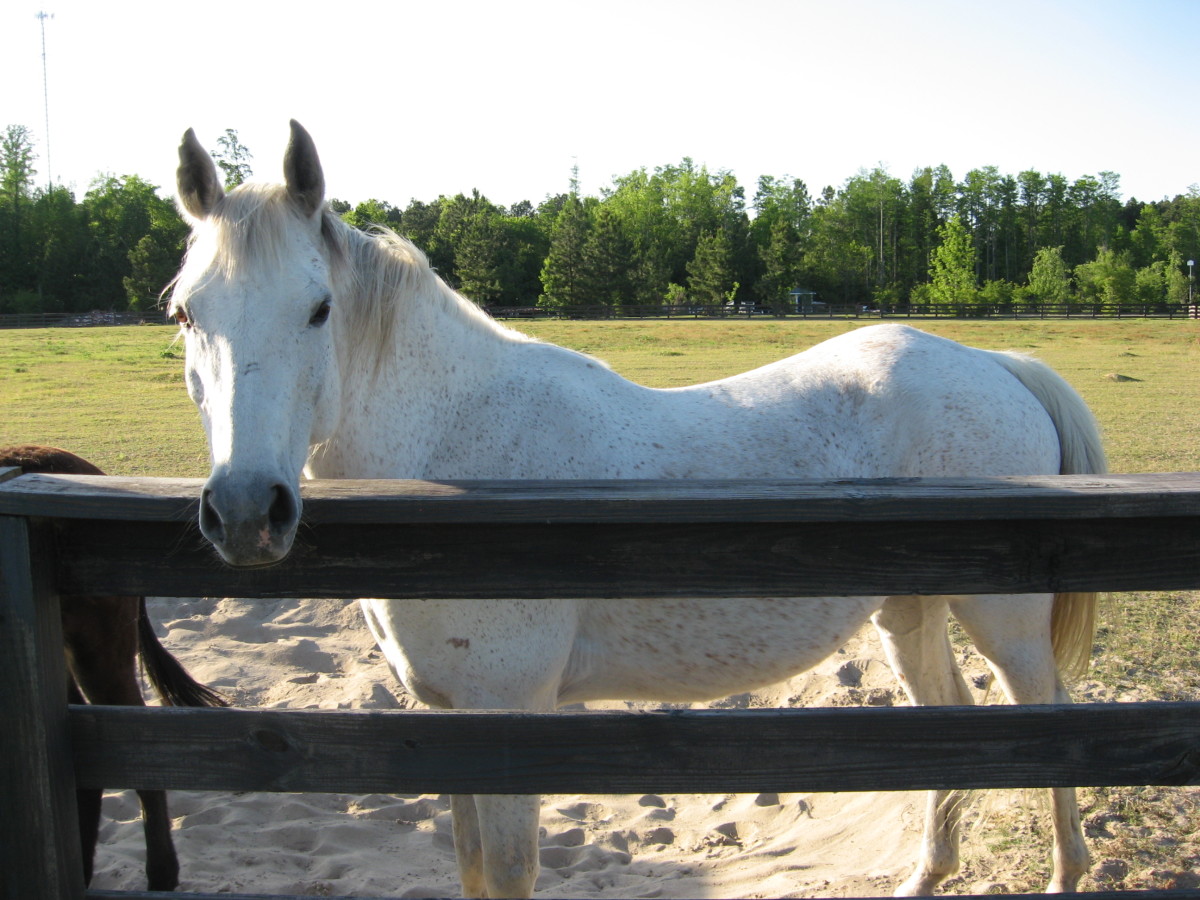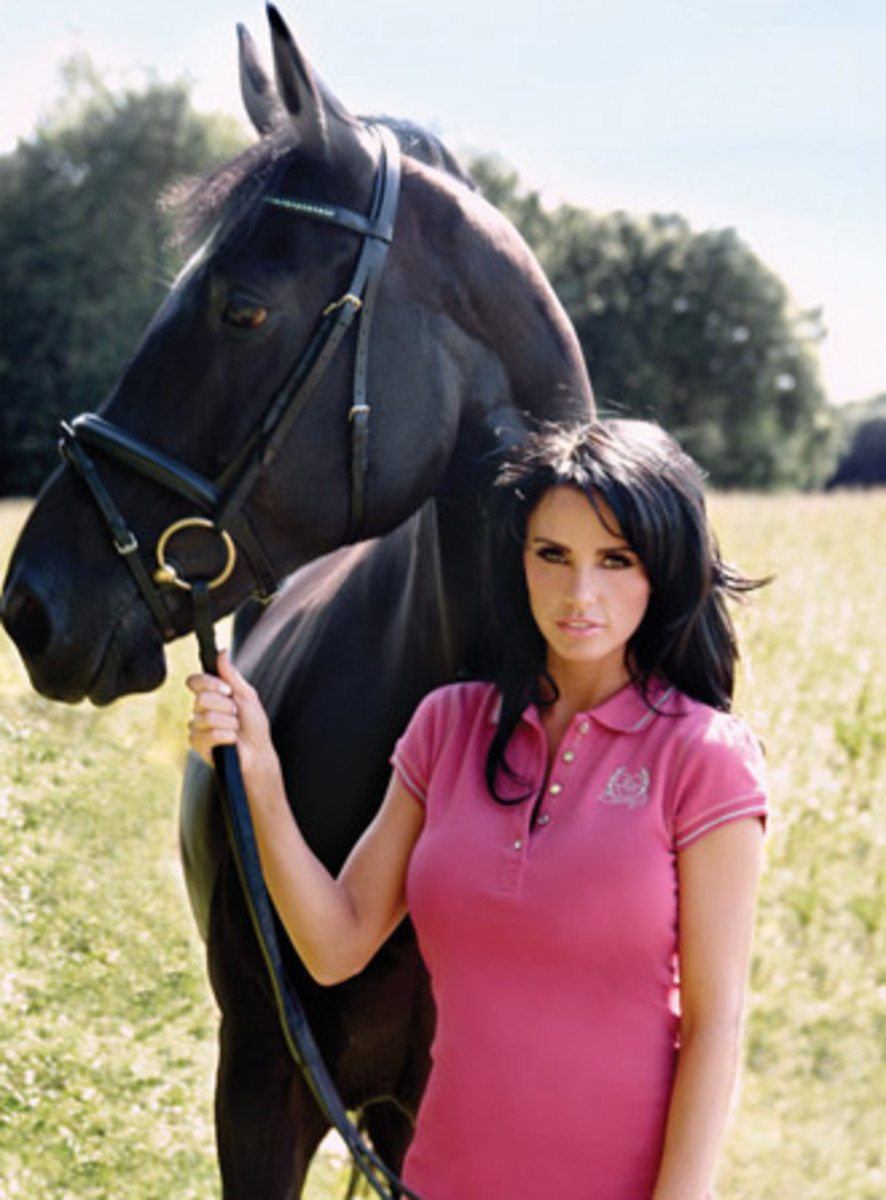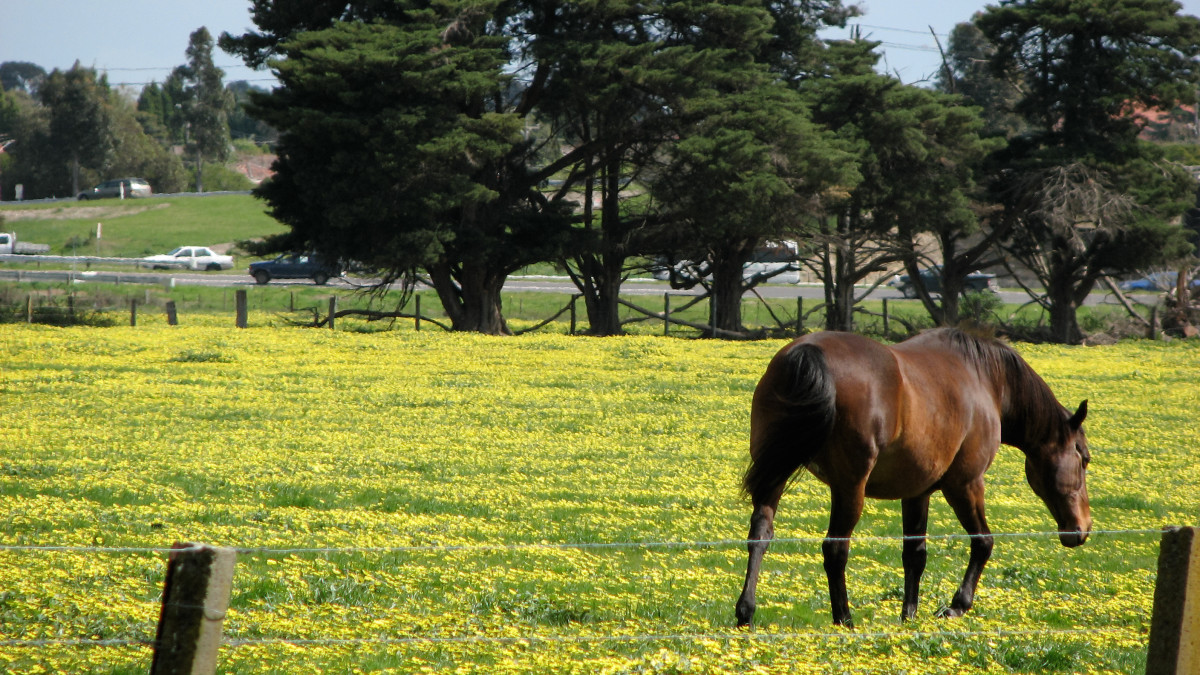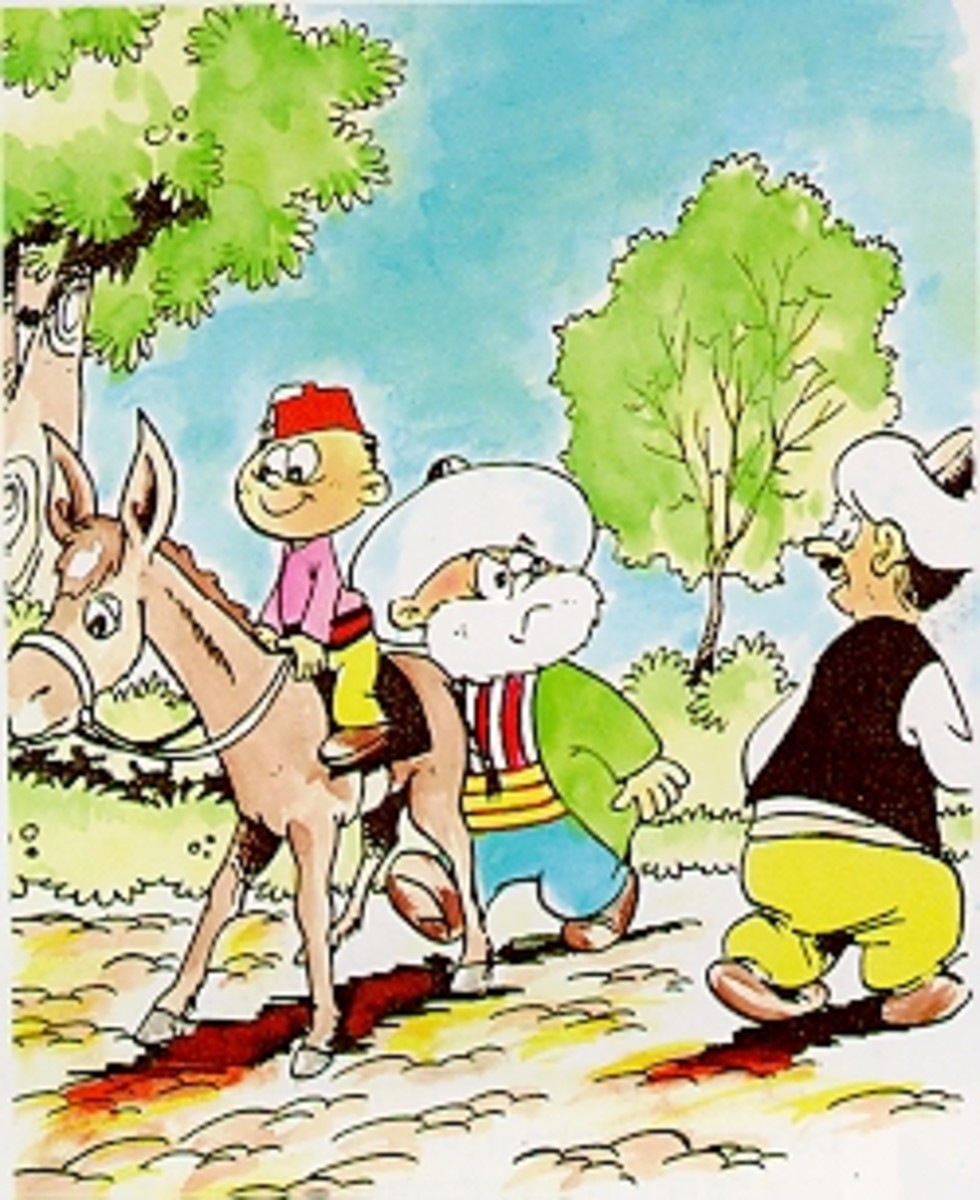Basic Horse Riding Safety Tips
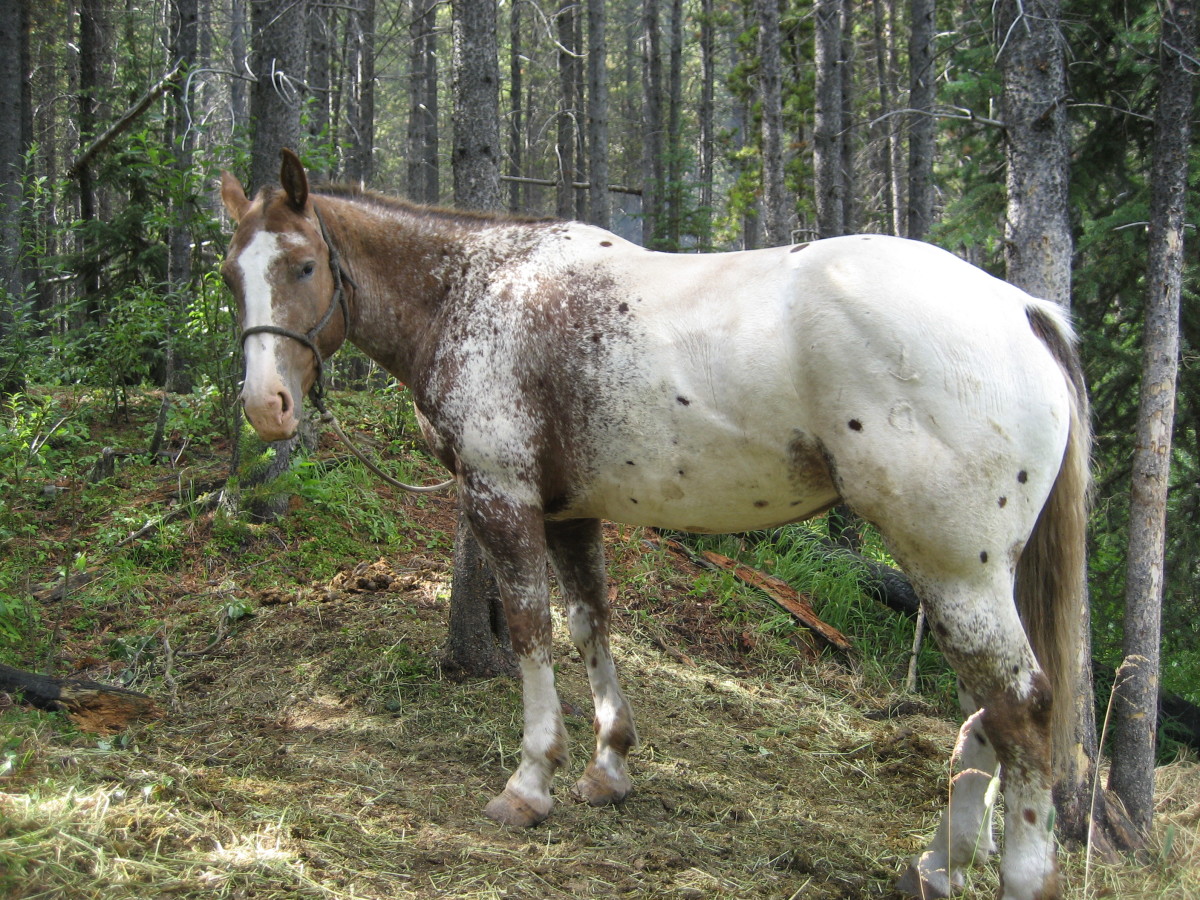
Riding Safety?
Horses are large animals and can be unpredictable. When we are around them, we face a certain amount of inevitable risk.
Reducing these risks requires wearing proper gear, paying attention and a basic understanding of horse psychology. Many people ride for years and never pick up a single injury, even a minor one.
What are the basic precautions you can take to ensure your safety and that of your family? Read on.
Helmets
Wear a proper, equestrian-certified helmet. You will find if you go 'out west' that people seldom wear helmets - it's not in the culture there.
As a result, most dude ranches do not provide helmets. The vast majority of English barns, however, do. (Hire places, where you can rent horses by the hour, however, do not - and I do not recommend inexperienced people patronize them anyway). If riding, find out if helmets are provided.
A serviceable helmet, suitable for casual riding, costs as little as $30 and I have even seen them in Wal-Mart and discount retailers. Bicycle helmets are not suitable as they are designed to protect the head in a different fall profile.
Helmets, however, do not prevent falls, do not make you a better rider and do not prevent all injuries. They can, however, make the difference between walking away from a bad fall and being carried away. Traumatic head injuries are not something you want to mess with.
Footwear
Unlike helmets, riding boots are expensive and cowboy boots even more so. If you get hooked, then a pair of proper boots is a good investment.
If you only want to ride to sightsee or on vacation, then equestrian-certified boots are not really necessary. Instead, look for solid shoes or ankle boots (the latter are better) with a smooth sole and at least an inch of flat heel.
Do not ride in high heels, sneakers or hiking boots. The only time you should get on a horse barefoot or in flip flops is if you are riding bareback and plan on taking the horse swimming (an activity many horses do enjoy). Hiking boots are just about acceptable if riding western, but are dangerous English.
The reason for all of this is because if you fall off, your foot might get caught in the stirrup. As the horse usually keeps moving after you come off, this can be dangerous.
Do not handle a horse barefoot or in sandals or flip flops - horses do not always look where they are putting their hooves and believe me, if one steps on your foot, you will know it.
Finally, avoid steel toed construction boots. These may seem to be the perfect way to protect your toes from hooves, but with the particular impact of a horse stepping on you actually result in increased injury as the horse tends to hit the edge of the steel and drive it into your foot.
Clothing
I personally recommend a long-sleeved top when riding outside an arena. Murphy's Law being what it is, if you come off on the trail and there is poison ivy within fifty yards... Wear short sleeves only if it would otherwise be unbearably hot and humid (long sleeves are better in desert areas).
Never ride in shorts unless you are riding bareback - the saddle will chafe your legs. Jeans are perfectly fine for the casual rider. English breeches are more comfortable as they have no seam on the inside of the leg, which in a close contact saddle does make a big difference.
I personally recommend removing all jewelry except for stud earrings and medalert jewelry. Dangle or hoop earrings and necklaces are known to cause injury and rings, including wedding rings, are simply too easy to lose. Rings with large stones can affect your ability to hold the reins.
If you wear spectacles and are worried about losing them, a leather lanyard is better than a synthetic one as it will break before you are injured.
Vests
For the most part, safety vests are not needed by the casual rider. Serious competitors generally wear them, especially for speed work. Jockeys, for example, normally wear safety vests, as do eventers and many hunters.
Recently, bronc and bull riders have also started wearing vests and airbag vests have been invented that inflate if the rider is separated more than a certain distance from the saddle.
A traditional vest is similar to the flak jackets worn by football players. Vests are extremely expensive and hard to fit. As I said, the casual rider probably does not need one, but they might be worth considering if you are elderly (and thus more vulnerable to injury) or have another reason to be particularly worried about torso injuries.
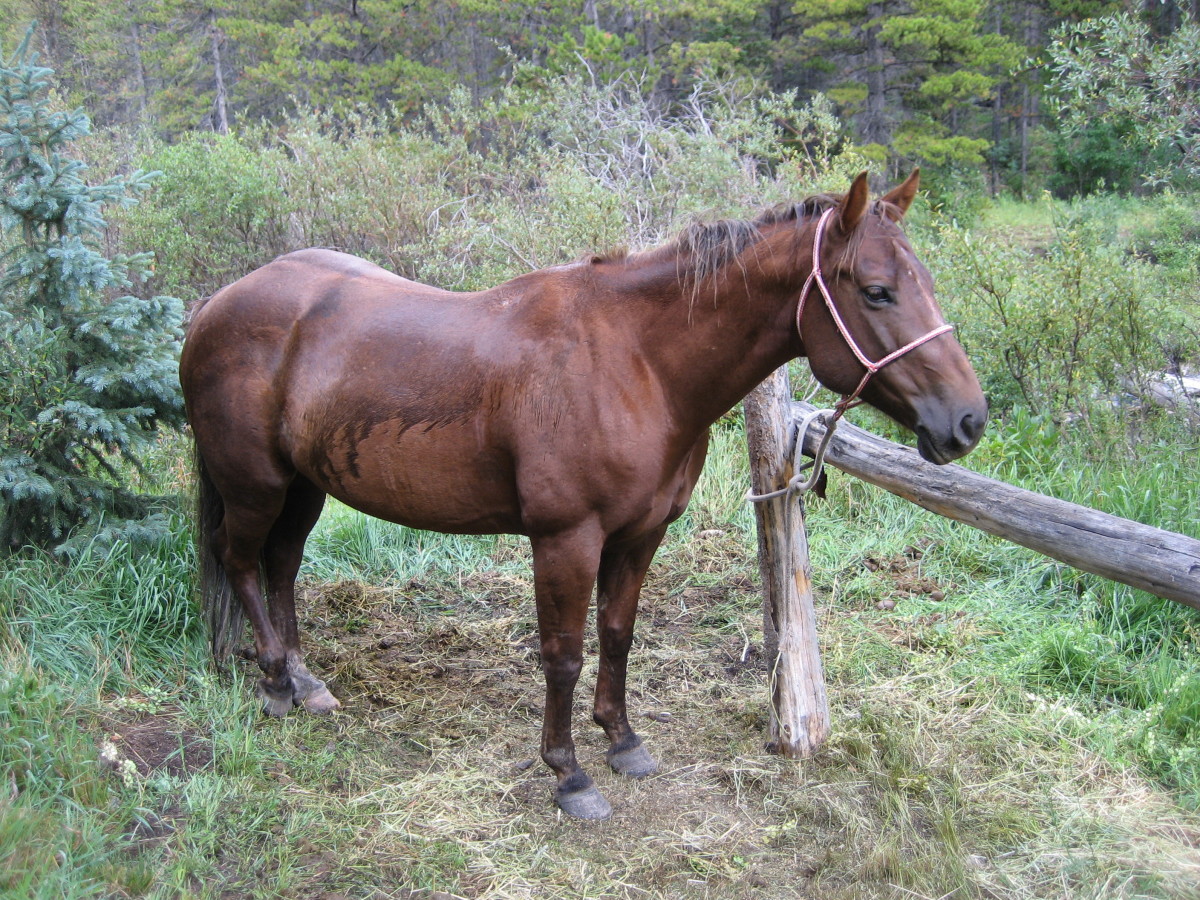
Behavior
All of the safety gear in the world won't save you if you do something stupid. There are a few things to consider when handling horses:
1. Horses are large herbivores with a strong flight instinct. This means they startle very easily. When working with horses, avoid sudden movements that might make the animal jump. If reaching to pet a horse's nose, do so slowly, and from slightly to the side (horse's have a small blind spot right in front of their nose).
2. Horses cannot see directly behind them without lifting their head all the way up. Never approach a horse from directly behind. Whenever possible, always pass in front of the animal. If you need to go around behind, then either walk at least 8 feet away or, if this is not possible, approach the animal from the side, talking, place your hand on its rump and walk past as close to it as you can. This approach has two benefits - the horse is aware that you are there and if it does kick out, the closer you are, the less likely you are to be injured. If you are very close, the horse cannot add as much force to the kick and you will probably be struck by the leg not the hoof, which hurts a lot less. (Trust me. Yes, I do know this from experience).
3. Always listen to the handlers and wranglers, even if you know horses. They know these particular horses and their quirks better than you do.
4. A horse that has its ears pinned back is either scared or angry. Experienced horsemen rapidly learn to tell the difference. To the novice, it's best to treat any ear pinning as a warning that might be followed by biting. Do not approach a stalled or picketed horse that has its ears pinned - it probably wants to be left alone. Leave it to somebody who knows the animal and how to handle it.
5. Do not hand feed a horse treats without checking with the owner first. Some horses become aggressive if hand fed. If you do, place the treat on the palm of your hand and hold your hand out flat under the horse's muzzle. Because of the shape of a horse's teeth, if your hand is completely flat, they can't bite it without opening their mouth all the way - this makes sure they don't grab your finger by accident. Alternatively, if the horse has a feed bowl or bucket, you can put your treat in the bucket.
6. When riding, keep one hand on the reins at all times. Do not talk on your cell phone, text, go through your vacation pictures or listen to music. (Seriously). If you have to do something that takes both hands, stop. Avoid removing a jacket or sweater when riding and if you need to, try to get somebody to hold the horse - flapping cloth can startle horses.
7. Do not ride under the influence of alcohol or drugs. Note that in many states this does legally count as a DUI/DWI.


